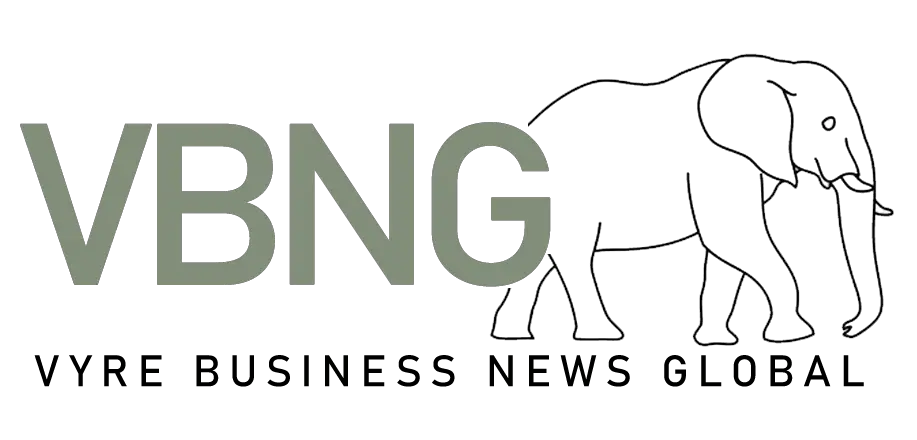The US labor market displayed a mix of resilience and uncertainty in February, with job growth falling slightly short of expectations while unemployment edged up. The latest report from the Labor Department’s Bureau of Labor Statistics revealed that nonfarm payrolls increased by 151,000 jobs last month, below the 160,000 forecast by economists.
The unemployment rate ticked up to 4.1% from January’s 4.0%, marking a subtle shift in the labor market landscape. This increase comes as the first employment statistics released under President Donald Trump’s administration, setting the stage for what could be a challenging economic environment in the months ahead.
While job creation remained positive, the lower-than-expected figures reflect growing concerns about the impact of inconsistent trade policies and significant cuts in federal government spending. The Department of Government Efficiency (DOGE) has implemented layoffs that are expected to have a more pronounced effect in the coming months.
The February report also highlighted shifts in various sectors. Federal government employment decreased by 10,000 jobs, a trend that may intensify in the March report due to recent cuts. This decline in government payrolls could potentially offset gains in other areas, particularly as a significant portion of recent job growth has occurred in low-wage sectors like leisure and hospitality.
Wage growth, a key indicator of inflationary pressures, showed a slight deceleration. Average hourly earnings increased by 4% year-over-year, down from January’s 4.1%, while month-over-month growth was 0.3%, lower than the previous month’s 0.4%.
The labor force participation rate also saw a decline, dropping to 62.4% from January’s 62.6%. This decrease suggests that fewer people are actively seeking employment, which could have implications for future job market dynamics.
Market reactions to the jobs report were relatively muted, with stock futures showing a slight uptick. Investors continue to anticipate three interest rate cuts from the Federal Reserve this year, an increase from earlier expectations. The NASDAQ Composite (IXIC) has entered correction territory, having fallen more than 10% from its mid-December peak, while the S&P 500 (GSPC) reached its lowest point of the year.
Joe Brusuelas, chief economist at RSM, described the February report as a “Goldilocks” scenario, indicating that the current job creation rate is sufficient to maintain stable employment. However, he cautioned that the disruptive impacts from Washington’s policies might become more apparent in the coming months.
The job market’s performance comes at a crucial time for the US economy, which continues to grow but at a sluggish pace. Recent data has prompted many economists to revise their first-quarter GDP forecasts downward, with some projecting growth below a 1% annual rate.
As the Federal Open Market Committee prepares for its upcoming meeting on March 18-19, these labor market indicators will play a significant role in shaping monetary policy decisions. With the threat of tariffs and potential trade conflicts looming, businesses may face challenges in planning and hiring, adding another layer of complexity to the economic outlook.

